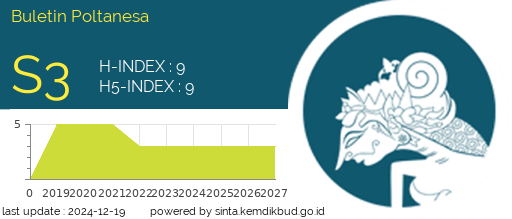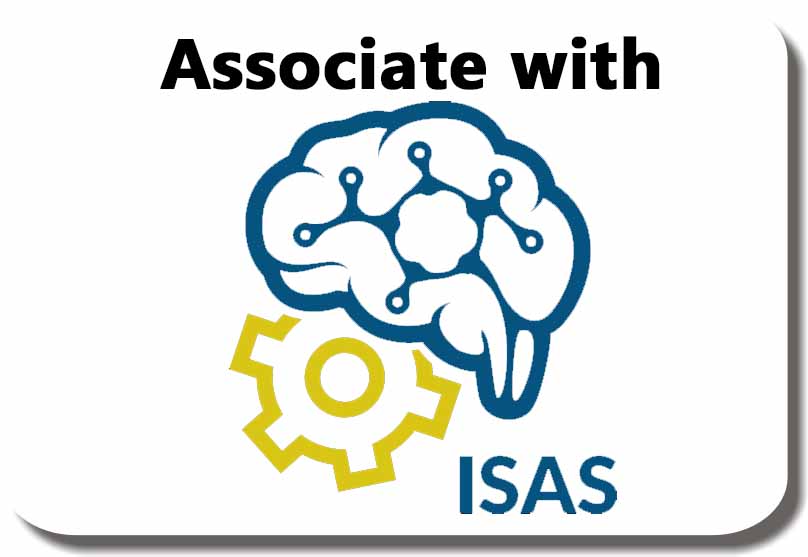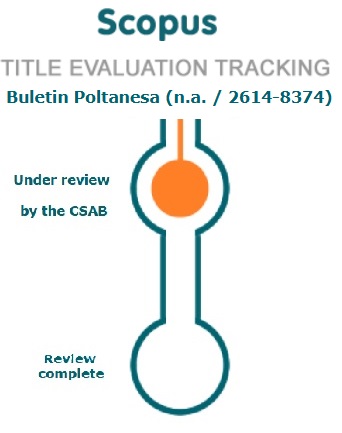Pengaruh Upah dan Fasilitas Kerja Terhadap Produktivitas Tenaga Kerja Wanita Di Perkebunan Kelapa Sawit
DOI:
https://doi.org/10.51967/tanesa.v22i1.467Keywords:
Upah, fasilitas kerja, produktivitas, tenaga kerja wanita, perkebunan kelapa sawitAbstract
Peranan pekerja wanita dalam perkebunan kelapa sawit cukup besar. Pekerjaan perawatan pokok kelapa sawit yang meliputi penyemprotan dan pemupukan secara umum dikerjakan oleh pekerja wanita. Upah dan fasilitas kerja merupakan dua hal yang penting dalam menunjang produktivitas para pekerja tidak terkecuali pekerja wanita di kebun kelapa sawit. Penelitian ini bertujuan untuk meneliti sejauh mana pengaruh upah dan fasilitas kerja terhadap produktivitas pekerja perempuaan di kebun kelapa sawit. Data diperoleh dari 26 orang pekerja wanita dan 7 orang mandor yang menjadi responden. Data kemudian dianalisis menggunakan Analisis Regresi Linier Berganda untuk mengetahui nilai koefisien regresi, nilai t, nilai F, dan koefisien determinasi. Hasil penelitian menunjukkan bahwa upah dan fasilitas kerja berpengaruh positif terhadap produktivitas yang (koefisien regresi upah 0.456 dan koefisien regresi fasilitas kerja 0.532) namun secara parsial pengaruh upah ini tidak signifikan (t-hitung 1.721 < t-tabel 2.069) sedangkan fasilitas kerja berpengaruh signifikan (t-hitung 2.845 > t-tabel 2.069). Secara simultan, upah dan fasilitas kerja berpengaruh signifikan terhadap produktivitas (sig 0.000 < 0.005) dan berkontribusi 52% terhdap naik-turunnya produktivitas.
References
Aisyah, F. D., & Oktavilia, S. (2020). Analisis Produktivitas Tenaga Kerja Wanita Pada Industri Rambut Palsu. Efficient: Indonesian Journal of Development Economics, 3 (3), 894-907
Anam, K. & Rahardja E. (2017). Pengaruh Fasilitas Kerja, Lingkungan Kerja Non Fisik dan Kepuasan Kerja Terhadap Kinerja Karyawan (Studi Pada
Antiqka, O. D. & Pradhanawati, A. (2017). Pengaruh Peran Ganda, Fleksibilitas Jam Kerja dan Upah Terhadap Produktvitas Kerja pada PT. Holi Karya Sakti Semarang (Studi Kasus pada Buruh Perempuan BagianProduksi). Jurnal Ilmu Administrasi Bisnis vol 6 no 2 1-11
Astuti, E. A. (2017). Pengaruh Upah dan Insentif Terhadap Produktivitas Kerja Karyawan. Jurnal Manajemen dan Kewirausahaan vol 2 no 1 33-43
Firmansyah, Z. (2017) Analisis Pengaruh Umur, Pendidikan, dan Upah Terhadap Produktivitas Tenaga Kerja. Economics Development Analysis Journal vo 4 no 1 91-97
Gunawan, R., Marnis, M., & Rifqi, A. (2015) Pengaruh Kecerdasan Emosional, Fasilitas Kerja, dan Pengembangan Sumber Daya Manusia Terhadap Produktivitas Kerja dengan Kepuasan Kerja Sebagai Variabel Intervening (Studi pada Karyawan PT. Tri Bakti Sarimas Pekanbaru). Jurnal Online Mahasiswa Fakultas Ekonomi Universitas Riau, vol 2, no. 2, 1-12
Kumbawadewi, L. S., Suwendra, I. D. & Susila, G. P. A. J. (2016). Pengaruh Umur, Pengalaman Kerja, Upah, Teknologi, dan Lingkungan Kerja Terhadap Produktivitas Karyawan
Listyani, I. (2016). Pengaruh Fasilitas Kerja dan Komunikasi Kerja Terhadap Kinerja Karyawan. Jurnal Manajemen dan Kewirausahaan vol 1, no 1, 56-64
Maghifiroh & Widiyanto (2020). Pengaruh Upah, Pendidikan, dan Pelatihan Terhadap Produktivitas Tenaga Kerja Industri Shuttlecock. Economics Education Analysis Journal vol. 9 no. 1 332-347
Putri, R., Zulfadil, & Maulida, Y., (2020). Pengaruh Disiplin Kerja dan Fasilitas Kerja Terhadap Kepuasan Kerja dan Produktivitas Kerja Karyawan PT. Subentra Kota Pekanbaru.
Sipahutar, I. U. N (2018). Gangguan Kesehatan Pekerja Penyemprot Pestisida Pada Pemeriksaan Kesehatan Berkala di PT. Perkebunan Nusantara V Kebon Air Molek II Kabupaten Indragiri Hulu Riau Tahun 2015-2017. Skripsi. Program Studi Kesehatan Masyarakat Fakultas Kesehatan Masyarakat Universitas Sumatra Utara.
Downloads
Published
How to Cite
Issue
Section
License
The copyright of this article is transferred to Buletin Poltanesa and Politeknik Pertanian Negeri Samarinda, when the article is accepted for publication. the authors transfer all and all rights into and to paper including but not limited to all copyrights in the Buletin Poltanesa. The author represents and warrants that the original is the original and that he/she is the author of this paper unless the material is clearly identified as the original source, with notification of the permission of the copyright owner if necessary.
A Copyright permission is obtained for material published elsewhere and who require permission for this reproduction. Furthermore, I / We hereby transfer the unlimited publication rights of the above paper to Poltanesa. Copyright transfer includes exclusive rights to reproduce and distribute articles, including reprints, translations, photographic reproductions, microforms, electronic forms (offline, online), or other similar reproductions.
The author's mark is appropriate for and accepts responsibility for releasing this material on behalf of any and all coauthor. This Agreement shall be signed by at least one author who has obtained the consent of the co-author (s) if applicable. After the submission of this agreement is signed by the author concerned, the amendment of the author or in the order of the author listed shall not be accepted.









